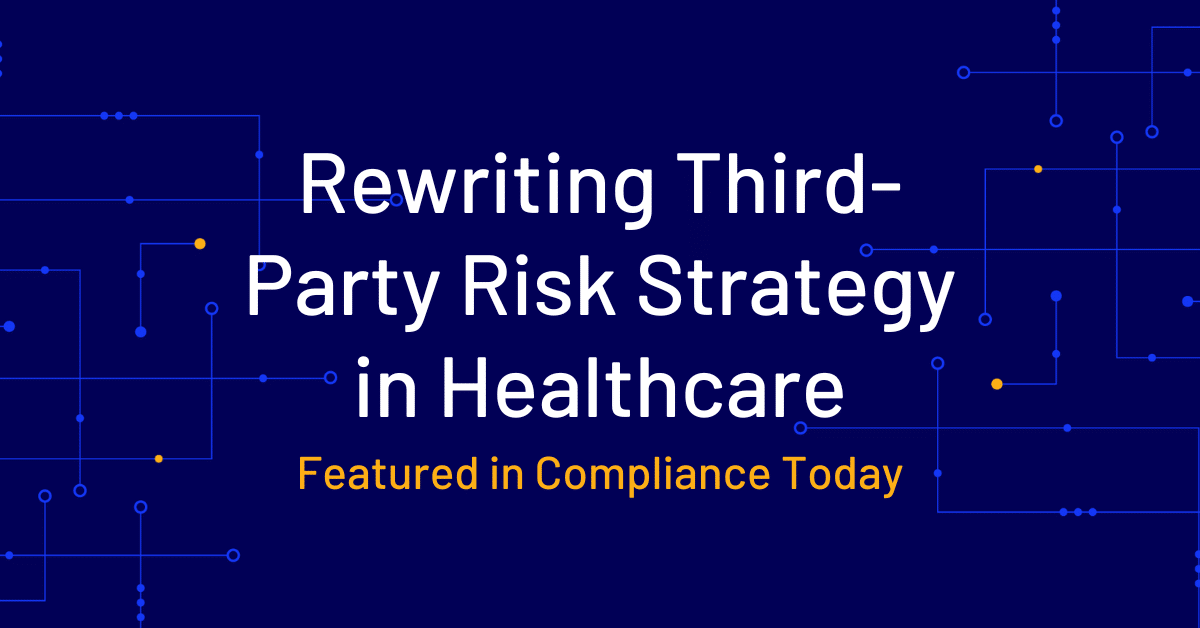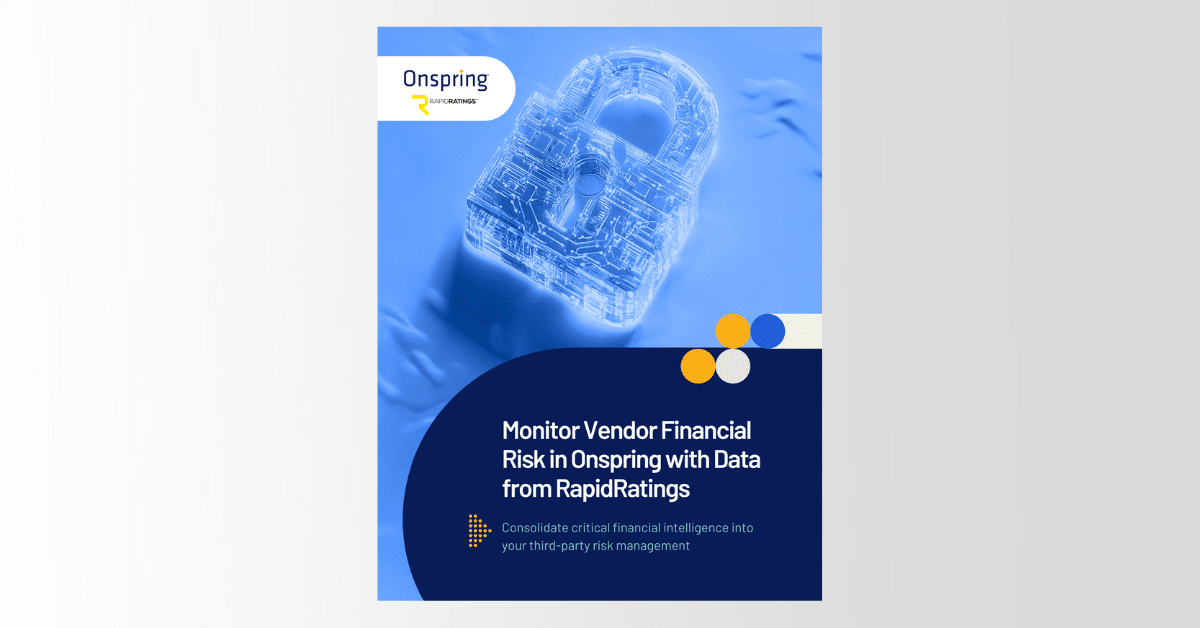Picture this: You’re juggling multiple vendor contracts, trying to remember who supplies what and when payments are due. You’re also in the middle of scheduling reviews to cross-check data against reliable sources to identify discrepancies or outdated entries. Additionally, you’re coordinating communication among all departments to ensure everyone is on the same page about vendor performance. Sound familiar? That’s where Vendor Master Data Management (VMM) comes in, a helpful approach to organizing all your supplier information into one accessible hub. Let’s dive into how VMM can simplify your vendor management process.
What is Vendor Master Data Management?
Vendor master data management (VMM) is a system that modern businesses leverage to consolidate, store, retrieve and update all their vendor data. Also called supplier master data management (SMDM), VMM is designed to be the single source of truth for all supplier information, such as inventory data, procurement history, payment records, contract details and contact details.
VMM is essential to your company’s operations, especially if multiple vendors supply goods and services to your company. Without a reliable, comprehensive VMM, you would have countless siloed data sets, making vendor data management even more complex and time-intensive. You would also be dealing with other redundancies, such as duplicate, incomplete and overlapping data.
The beauty of VMM in theory is that it streamlines supplier data management by storing data in a central repository that everyone with permission can access in real-time. It’s a game-changer in business operations, especially for sensitive processes, such as governance, risk and compliance (GRC) reporting.
However, just merely standing up your VMM isn’t enough. To get and sustain optimal results, you really need to apply vendor master data management best practices. This guide discusses the top three best practices for vendor data management that every company should heed.

1. Ensuring Vendor Data Accuracy and Security
Every data management process starts with data collection and entry. Vendor master data management starts during supplier onboarding. This is when you enter into a new commercial relationship with a vendor and collect pertinent information to integrate it into your company’s VMM system.
During onboarding, you need to verify the accuracy and authenticity of the vendor data before feeding it into your system. Vendor validation involves reviewing a vendor’s background information to qualify or dismiss them as potential business partners. Vendor validation is quite a process, one that needs to be documented and monitored at every step.
Assessing Vendor Standing Against Your Qualification Criteria
This entails evaluating a vendor’s factors, such as quality assurance practices, industry certifications, financial stability, tax compliance, regulatory standards compliance and reputation. The goal is to ascertain that a supplier meets the required vendor qualifications standards you’ve set for your company.
Let’s say you’re in the tech industry and looking for a software vendor. You might set criteria that include:
Quality Assurance: The vendor should have robust testing protocols to ensure their software is reliable and bug-free.
Industry Certifications: Look for vendors with certifications like ISO/IEC 27001, which indicates strong information security management practices.
Financial Stability: Evaluate financial reports to ensure the vendor is stable and can support long-term partnerships.
Regulatory Compliance: Ensure they comply with relevant data protection regulations, such as GDPR or CCPA, if applicable.
By defining these tailored criteria, you can select a vendor who not only meets your standards but also aligns with your company’s vision for innovation and excellence.

Reviewing Documentation Checklist
Assessing vendors’ suitability, compliance and qualification involves scrutinizing a sea of documents. The number of documents required varies depending on the requirement levels you’ve set for vendors, but we recommend these standard documents for review:
- Vendor information includes contact name, tax identification number (TIN), business registration number and vendor name.
- Financial documents such as cash flow statements, credit reports and proof of insurance, where applicable.
- Compliance and legal documents include business permits, licenses, relevant industry-specific certifications and compliance with laws such as the Health Insurance Portability and Accountability Act (HIPAA) and the EU General Data Protection Regulation (GDPR).
- Contract agreement documents include vendor agreements, breach remedies and engagement terms and conditions.
- Environmental and social responsibility documents include ISO 14000, CSR reports and diversity and inclusion policies.
- Business continuity and disaster preparedness and recovery plans include business interruption insurance, disaster recovery plans (DRPs) and business continuity plans (BCPs).
Vendor Risk Assessment
Vendor risk assessment involves looking at possible risks your business may be exposed to by doing business with a vendor. You do so by reviewing a vendor’s operational capacity, financial standing and past relationships with other companies in detail. As you prepare to assess, you’ll want to consider all five stages of your third parties’ lifecycles. Particularly for supply chain cybersecurity, you’ll want to map critical assets, assess threats and prioritize risks to ensure seamless operations and robust security.
For the bare-bones basics, there are a few free vendor validation resources to vet vendor data verification, including:
- Taxpayer Identification Number (TIN) matching for TIN validation.
- Tax-exempt organization search to verify a vendor’s tax status if it is a non-profit.
- Universal Postal Union, Smarty Streets and USPS to verify vendor address.
- VIES VAT number validation to verify a vendor’s value added tax (VAT) number.
As you complete vendor data validation and supporting documentation, that clean data should live inside your VMM and integrated with other company systems, such as enterprise resource planning (ERP) systems. This is critical to vendor data management because it affects overall business operational efficiency.
You should structure vendor data in a user-friendly format that makes data access and retrieval straightforward. This will enhance access convenience for all staff, even those not technically inclined, which means your ERP should include:
- Data Mapping: Ensure each field in your vendor management module corresponds to fields in the ERP system for seamless integration.
- User-Friendly Interface: Use dropdown menus and auto-fill options where possible to minimize manual entry errors.
- Access Levels: Set permissions so that team members can view or edit data based on their roles.
- Search Functionality: Implement a robust search feature that allows users to find vendors quickly by name, ID, or product category.
By organizing your vendor data like this and integrating it smoothly into your systems, you empower your team with quick access to essential information while boosting operational efficiency across the board.
Establish Capture Protocols and Naming Conventions
It can be easily overlooked, but accurately and systematically recording vendor addresses in your master vendor file establishes order in your VMM. Since you’ll work with many suppliers in your business lifetime in different locations, establishing a unique style of capturing vendor addresses in your VMM will foster uniformity across the system.
Entering vendor or organization names following naming conventions at the onset of data entry facilitates data uniformity and searchability. The naming conventions should guide your staff on the best practices of punctuating, spelling, capitalizing and shortening the names of all organizations you feed into the VMM.
On many occasions, you’ll need to list down individual names of specific personnel working with or for your vendors. These names are the primary contacts you’ll work with throughout your vendor relationship. These contacts may be a vendor’s chief procurement officer or accountant. Your naming convention should establish a common standard for systematically punctuating and spelling such names.
Create Data Entry Standards and Rules
On top of the naming conventions for vendors and primary contacts, you should set data entry regulations that dictate the technical and design parts of data entry. For instance, you can decide whether to use lower or upper case in all/specific fields and how many drop-down menus you need.
Strict data entry regulations are necessary for maintaining data accuracy across all your company’s departments. This way, everyone feeding vendor data into the VMM system will follow the same data entry standards and regulations, creating an accurate and uniform vendor master file.
Ascertain Banking Records Accuracy
Incorrect or fraudulent bank records can lead to substantial financial losses that derail your company’s and vendor’s operations. Ensuring banking data accuracy should be a continuous process beyond data entry and onboarding. As a best practice, you should establish protocols that prompt data verification every time you complete a financial transaction, such as scheduling regular audits of all banking records and transactions to identify discrepancies early on. This could be quarterly or bi-annually, depending on transaction volume.
Establish Vendor Status Identification Protocols
When working with multiple vendors, changes will happen continually. You’ll end contracts with some vendors, others may go out of business and some may be seasonal vendors you engage with occasionally.
To make vendor data management seamless, you should create protocols that automatically update and categorize suppliers depending on their status. The status could be inactive, active, on hold, terminated, blocked, suspended or any other description you may assign.
Establish a Vendor Master File Cleanup Schedule
Ultimately, you’ll end up with redundant files from all the vendor data transactions you complete. While you’ll need to archive some files for reporting and compliance, most become irrelevant and need to be cleaned up after some time. That’s why you should create a schedule to clean up your vendor data and eliminate redundant files.
2. Controlling Access Management
The next vendor master data management best practice is managing vendor data access. After validating vendor data and entering it into the VMM, it can integrate with any other system you link to. Also, you can grant or deny access permission to your vendor data to various employees.
Having the autonomy to control who accesses your vendor data allows you to support data security and create a digital footprint of access history. This way, if a cunning employee creates phantom vendors or engages in any other fraudulent activity, you can promptly track and remedy the fraud activities and identify the responsible parties.
Similarly, access management also involves controlling a vendor’s access to your VMM. This is particularly important today, given the rapid rise of self-service vendor portals. Vendors input pertinent information into the master data vendor file with these sell-serve portals. If you don’t limit access permission, such vendors may obtain top-secret details, like your trade pacts and contracts with other vendors, and use it to their advantage.

3. Training Staff On Vendor Master Data Management Practices
The third vendor master data management best practice is consistently training your staff and vendors to get optimal use value from your VMM. Constant upskilling is necessary, especially after a VMM feature update or an extensive vendor data cleanup. Training keeps all users proficient with VMM, thereby eliminating or limiting errors of commission or omission.
Besides staff upskilling, you should also invest in emerging technology in VMM applications that are expected to enhance vendor data management further. Some of these new features include:
- Multi-domain master data management
- Data governance automation
- Machine learning and artificial intelligence (AI)
- Cloud-based master data management solutions
You may lack the resources and time to implement every emerging trend and update your VMM. The best way forward is to implement technology that will maximize your company’s operational efficiency. Given the complex and multi-stepped nature of GRC, data governance automation is one such technology that can save you loads of time and boost efficiency.
Applying Vendor Master Data Management Best Practices
Admittedly, implementing VMM successfully on your own is incredibly challenging. At Onspring, we make business process automation software that empowers anyone to innovate and solve problems for themselves, including VMM. We’re ready to help you transform complex, repetitive vendor data management practices into super-simple, powerfully efficient automation that saves you time, money, and hassle.
Request a personalized demo today and see how Onspring can transform your VMM practices.




